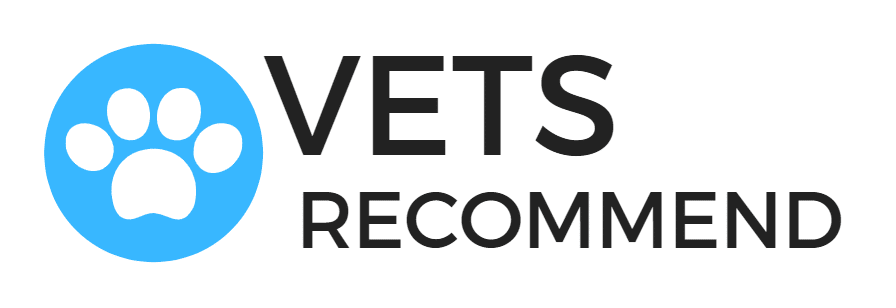 One of the most important aspects of dog training is the pace in which it is conducted. Many owners and trainers expect too much of their dogs. This is normal since, as humans, we tend to see the end product and sometimes fail to concentrate on the smaller steps that will take us to that end product. Expecting your dog to heel for 30 feet straight on your first session is obviously unpractical. But sometimes, even expecting a solid down in one session can be unrealistic. Every dog has its own learning pace and we need to work with what the dog is giving us. Dog training is all about taking tiny baby steps that improve slowly over time and take us to our goal. The more careful we are not too over challenge the dog, the faster we will get to our training goals. Just like humans cannot be taught complex math equations before they learned basic arithmetic, dogs cannot learn complex behaviors before mastering very simple ones.
One of the most important aspects of dog training is the pace in which it is conducted. Many owners and trainers expect too much of their dogs. This is normal since, as humans, we tend to see the end product and sometimes fail to concentrate on the smaller steps that will take us to that end product. Expecting your dog to heel for 30 feet straight on your first session is obviously unpractical. But sometimes, even expecting a solid down in one session can be unrealistic. Every dog has its own learning pace and we need to work with what the dog is giving us. Dog training is all about taking tiny baby steps that improve slowly over time and take us to our goal. The more careful we are not too over challenge the dog, the faster we will get to our training goals. Just like humans cannot be taught complex math equations before they learned basic arithmetic, dogs cannot learn complex behaviors before mastering very simple ones.
Especially at the beginning of the training we need to be very careful and set the dog up for success. We want the dog to be successful and happy about training and to have him/her see the training as a positive experience.
 Gradual training implies not only small steps but also advancing to various locations gradually. Adding distractions to the environment and teaching the dog to perform a behavior in that environment requires measured added distractions. For example, you cannot expect the dog that performs a perfect ‘sit’ in a quiet home environment to perform that ‘sit’ in a dog park among all other dogs. What you would want to do is start exposing the dog gradually to distractions. At first, you will ask for a sit with distractions in the house (like maybe another person holding a treat or a toy). Later on, you can take it to the backyard and get a good sit with outside noises and smells. Then, you can go outside your yard to the street and ask for the behavior there. Then, ask for the behavior near a school or playground with kids playing (make sure your dog is on a leash when you are outside for the safety of your dog and others). And so on.
Gradual training implies not only small steps but also advancing to various locations gradually. Adding distractions to the environment and teaching the dog to perform a behavior in that environment requires measured added distractions. For example, you cannot expect the dog that performs a perfect ‘sit’ in a quiet home environment to perform that ‘sit’ in a dog park among all other dogs. What you would want to do is start exposing the dog gradually to distractions. At first, you will ask for a sit with distractions in the house (like maybe another person holding a treat or a toy). Later on, you can take it to the backyard and get a good sit with outside noises and smells. Then, you can go outside your yard to the street and ask for the behavior there. Then, ask for the behavior near a school or playground with kids playing (make sure your dog is on a leash when you are outside for the safety of your dog and others). And so on.
Most chances are, that if your dog looks at you, hears the cue and fails to perform on it, you tried to advance too fast in your dog’s training and you need to relax your requirements and go back to basics.


